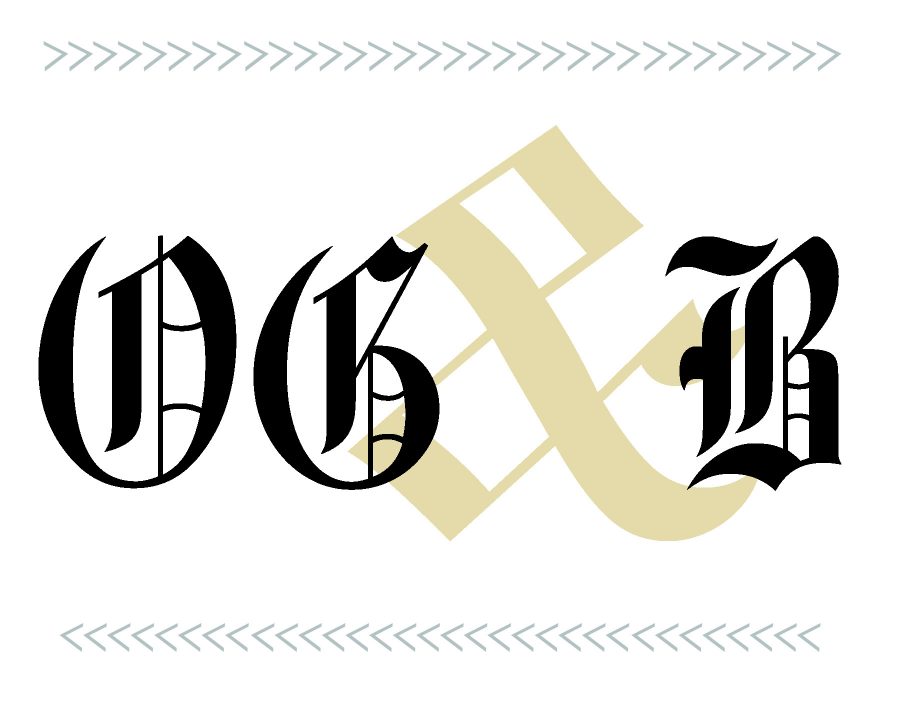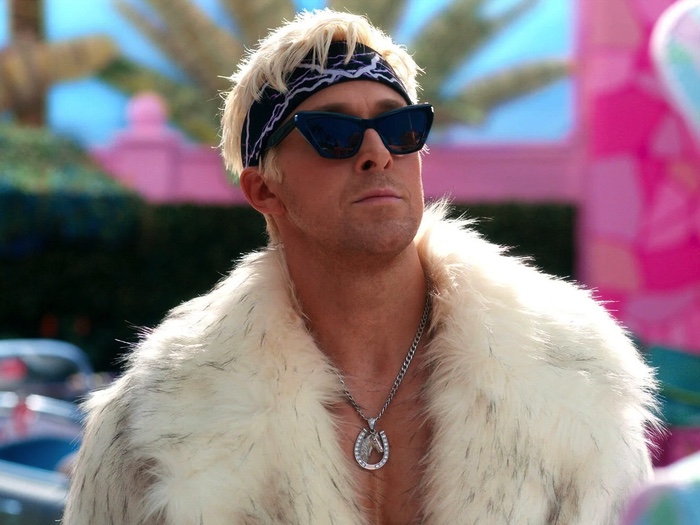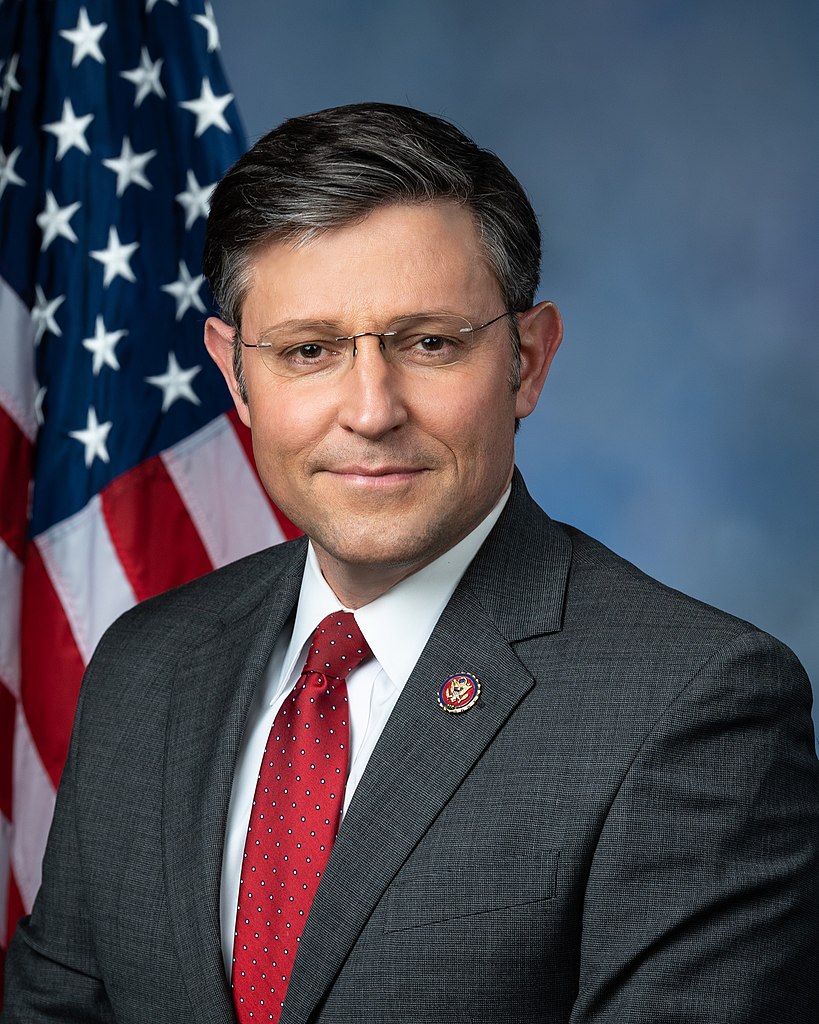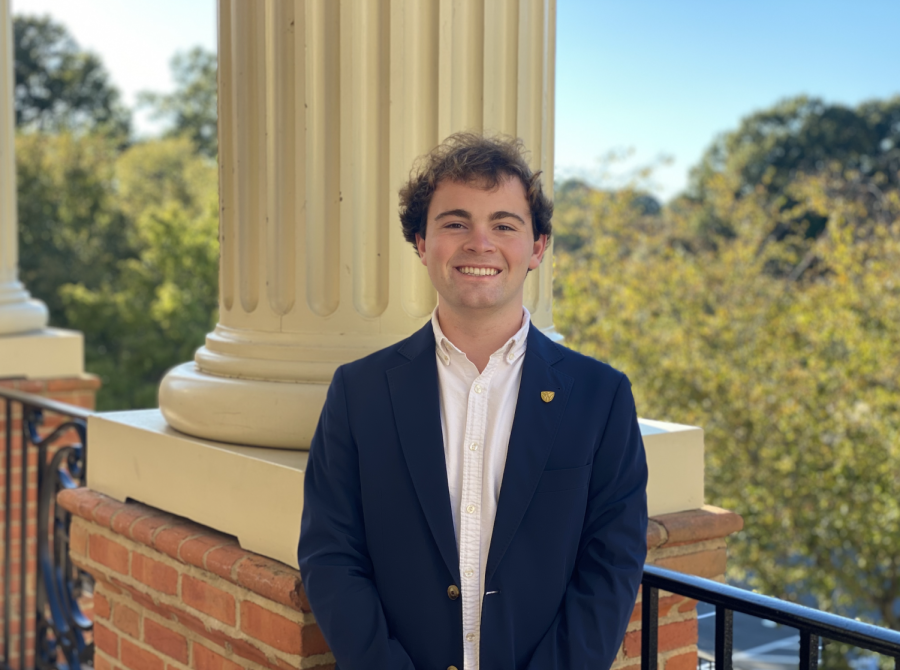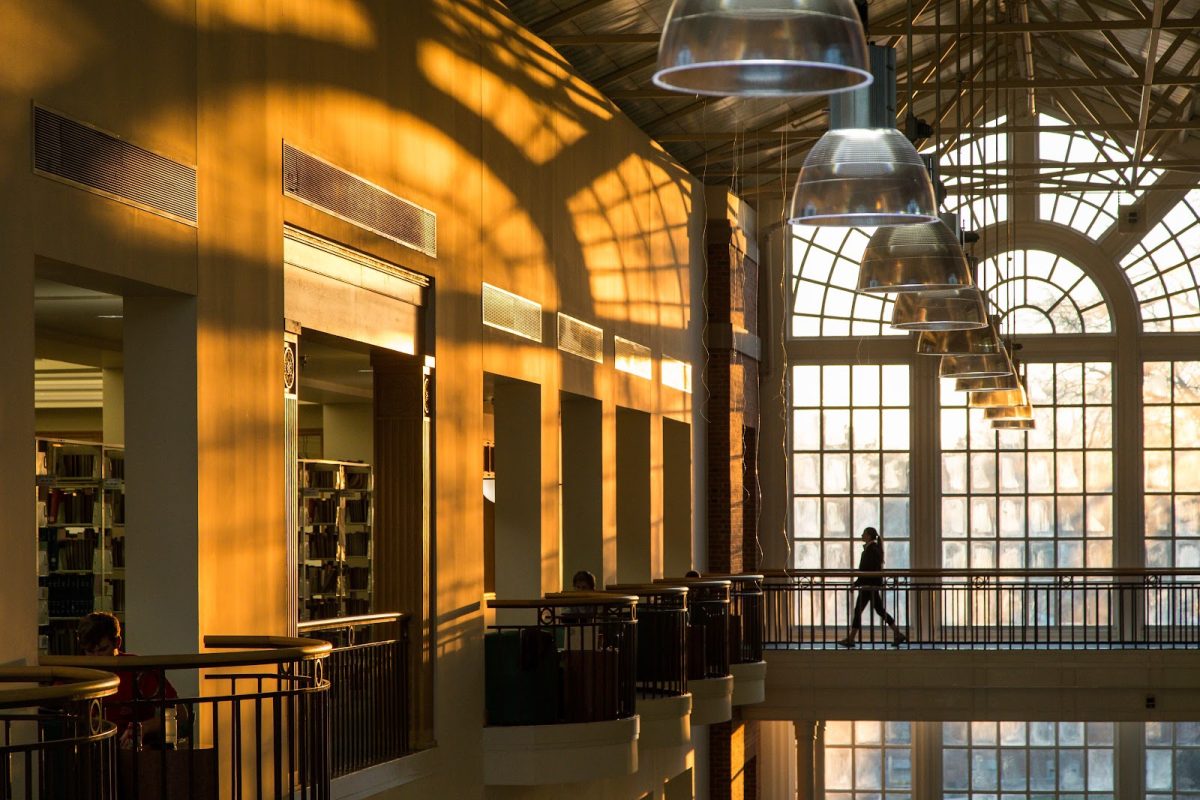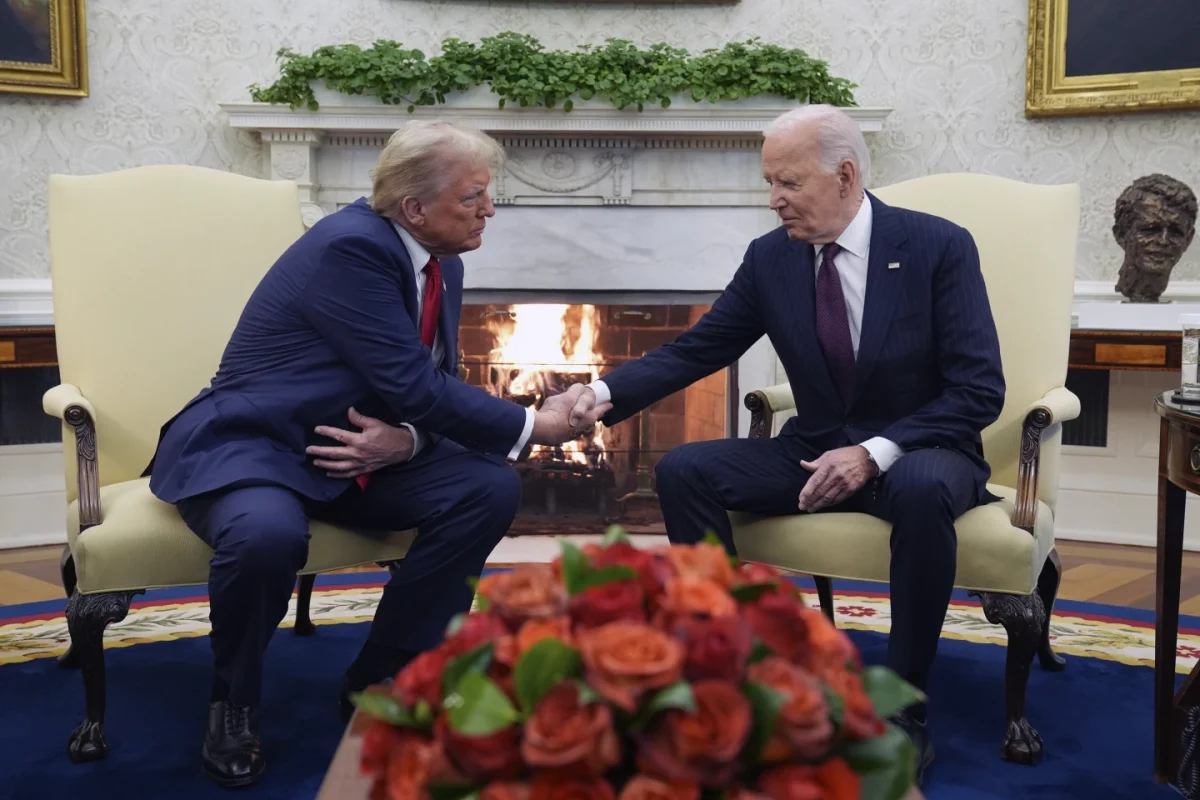The anonymous British artist Banksy, in their characteristic stenciled graffiti-noir style, adorned the canal side of a Venetian building with the image of a refugee child. Ostensibly a subversive and illicit effort at participation in (or more likely a disruption — even an appropriation of) the ongoing Venice Biennale, the piece is bitingly satirical and expertly manipulative. It condemns the West — and most obviously (for reasons to be explained momentarily) the United States — for its lackadaisically amoral effort at accepting (much less protecting, nourishing, and enabling) refugees and migrants flowing from Northern Africa, the Middle East and South America.
The image of the refugee child draws its form from a crucial piece of American symbology: the iconic Statue of Liberty, whose raised torch and rigid posture announced America’s commitment to the immigrants arriving at Ellis Island, and on whose plaque is famously inscribed Emma Lazarus’ sonnet “New Colossus,” reading: “Give me your tired, your poor, your huddled masses yearning to breathe free.” The child’s posture matches that of the statue almost precisely. Whereas the statue hoists a torch in her right hand, the child raises a purple flare, a signal for help. The purple flare flows wildly behind the monochrome child. (I fully advise that you Google this image and compare its silhouette to that of the Statue of Liberty for full effect).
Banksy’s placement of the image is perfect. The plaster parge it adorns is crumbling away to expose underlying brick, giving the piece an aesthetic tonality which evokes the precarious, fragile position of the child refugee. The painting is directly adjacent to a canal door, reflecting the liminal positionality of refugees as they await entrance into Western countries and Western culture. My sense is that the refugee is literally waiting outside in hopes that someone will open the door. And whereas the Statue’s enormity imbues it with authority and power, the painting’s small stature reminds of the child’s humanity and powerlessness.
One of the work’s most effective elements, however, seems to be its location on a canal, rather than a street. Whereas an art gallery visitor or an interested onlooker of street art or graffiti might stop and examine a piece for minutes (or even hours), intently mulling the form, content and quality of a given piece, most viewers of Banksy’s image can do no such thing. Most viewers will see the image as they float idly past on a gondola (the choice means of transit for Venetian tourists). In this sense, the image comes into view, becomes momentarily present and quickly slips away (stopping a gondola in the canal would be akin to stopping your car in the middle of the road). The image is rendered fleetingly ephemeral in this way. Genius. Just as the images and stories of migrants in the news (such as the disturbing photograph of Óscar Alberto Martínez Ramírez and his 23-month-old daughter, drowned in the Rio Grande) flicker in and out of the political and social discourse, Bansky’s mural passes into and out of the viewer’s perspective.
The intolerable conditions facing migrants, as well as the traumas they experience, are difficult subjects to attend to at length. It is unpleasant to consider the decisions migrants make when they leave home, the dangers they face resultantly and the unknowable futures they face for any extended period. And so migrant issues fade into and out of our consciousness, like the pleading child waiting outside the Venetian door as the viewer passes by.


